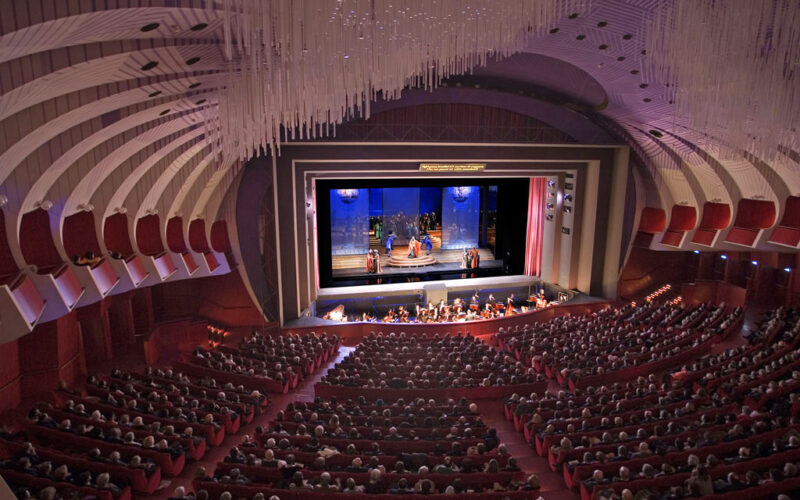The Teatro Regio di Torino, one of Italy’s most famous opera houses, has a long and rich history dating back to the 18th century. However, one of the theater’s most well-known and debated episodes concerns the 20th-century restoration carried out by the eclectic architect and designer Carlo Mollino.
Carlo Mollino was undoubtedly one of the most singular and fascinating personalities in the Italian architectural and artistic landscape. Though renowned for his brilliant and bold vision in design and architecture, Mollino also had a hidden and controversial passion: erotic photography. Through private Polaroids, the architect portrayed women in sensual poses, creating a sort of intimate diary that reflected a dark and provocative undercurrent, starkly contrasting with his public profession.
Returning to the restoration of the Teatro Regio, Mollino’s vision led to some bold design decisions, but also to mistakes that sparked much debate. One of the most evident errors was the installation of a carpet in the main hall. While aesthetically pleasing, the carpet dampened the sound, compromising the hall’s acoustics and, therefore, the audience’s experience. This choice was later corrected by removing the carpet.
Another error concerned the direction of sound from the stage. To resolve this issue, a kind of “funnel” was later built to better direct the sound toward the hall. However, this correction had the side effect of sacrificing the adjacent boxes, compromising visibility and acoustic experience for those seats.
Perhaps the most colorful anecdote involves the introduction of an escalator in the theater. A futuristic and modern choice for the time, but it had a short life. On the day of its inauguration, a lady with a long dress got caught in it, causing an accident and ending the use of what could have been a distinctive feature of the renovated theater.
In conclusion, while Carlo Mollino’s restoration of the Teatro Regio di Torino undoubtedly introduced elements of modernity and innovative design, some of his choices have been the subject of criticism and controversy. However, the complexity and audacity of Mollino’s visions reflect his unique and multifaceted personality, making his intervention at the Teatro Regio a fascinating chapter in the history of Italian architecture.












